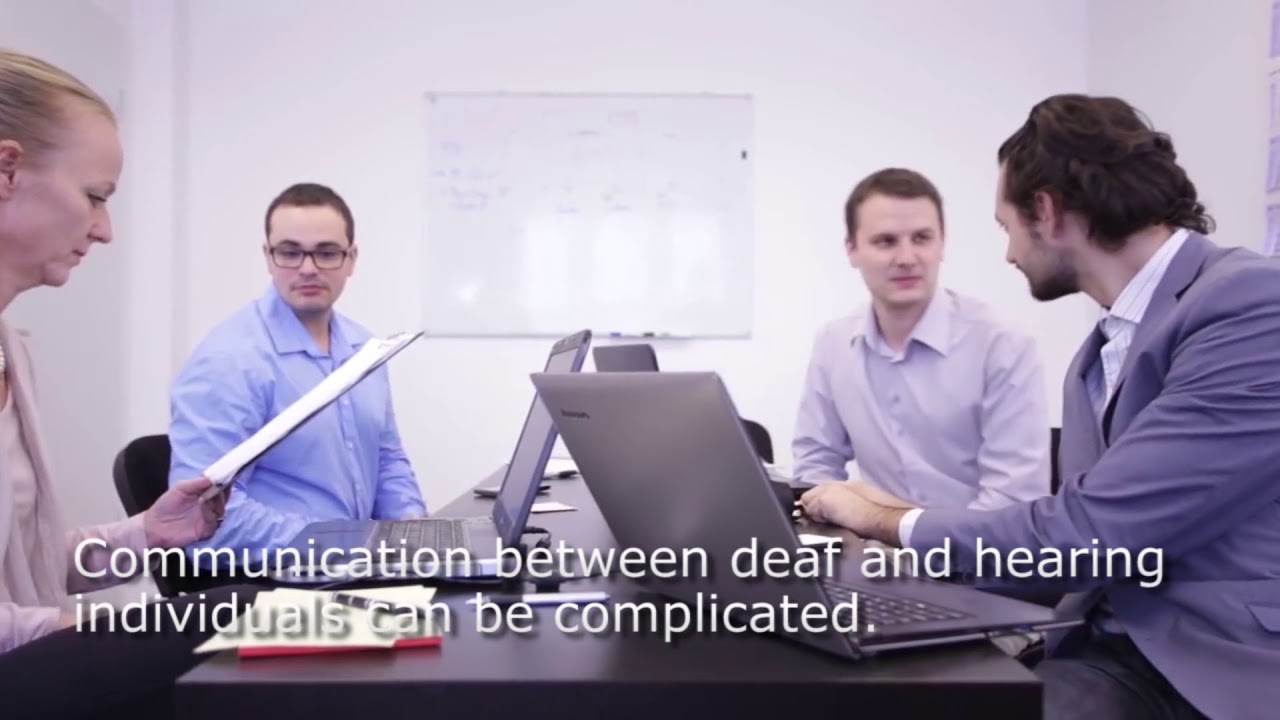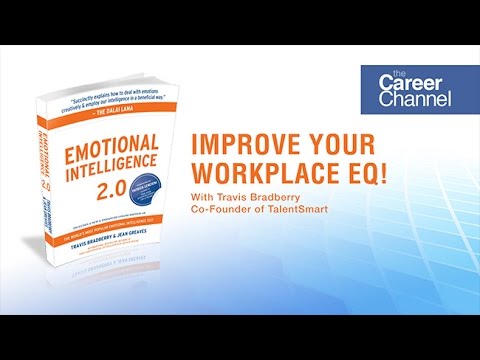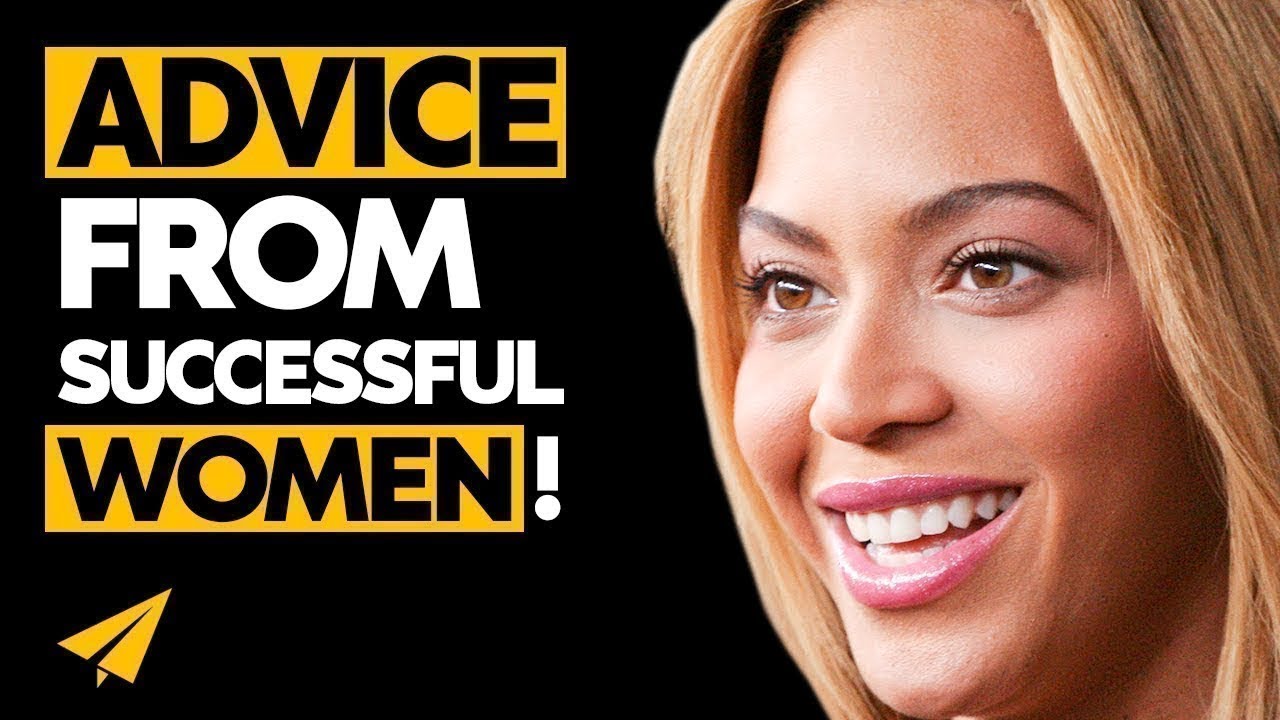Emotions expert Dan Hill – There are two currencies in life: dollars and emotions
Dan Hill is an internationally recognized expert on emotions and the president of Sensory Logic, Inc., which has done market research work for over 50% of the world’s top 100 B2C companies.

Dan Hill
To capture and quantify emotions, Dan pioneered the use of facial coding in business in 1998. He is a certified practitioner of the Facial Action Coding System (FACS), and the recipient of 7 U.S. patents related to the analysis of facial coding data. With the automation of facial coding, the tool has become a key component of what The Economist has described as the emerging “facial-industrial” complex.
In 2019, Dan published three new books: Famous Faces Decoded, Two Cheers for Democracy and First Blush.
Famous Faces Decoded: A Guidebook for Reading Others has applicability, for example, for managers in regards to hiring, employee engagement, team-building, diversity, and feedback sessions. Other uses include sales, customer service training, coaching, education, dating, and marriage counselling.
Two Cheers for Democracy: How Emotions Drive Leadership Style is especially applicable to executive development, including in relation to effective change management and creating an inclusive, productive workplace culture.
Finally, First Blush: People’s Intuitive Reactions to Famous Art is, in business terms, an opportunity to take a fresh look at what kind of advertising and marketing imagery will have the strongest stopping power and provide the best opportunity for prolonged engagement.
I reached out to Dan for a short interview on how businesses should leverage the power of emotions, how they should cater to the wants of their customers instead of their needs and why is essential for managers to be aware of their employees’ feelings.
Q: In one of your articles, you say There are two currencies in life: dollars and emotions. Today brands communicate mainly online. How can they use emotions to influence customers?
A: The single best way is visually, as we absorb that information more intuitively, quickly, and with less of a cognitive-rejection filter. Besides, if a visual is really worth 10,000 words, well, you’ll be lucky to get most people to read more than 20-30 words closely (quite honestly). So I better not go on too long with any of my answers here!
So… (to be brief), use a visual that emotionally tells a (brand) story or customer story, or sets up a problem/solution contrast. Something that will create an emotional response, leading to motivation and recall – both of which are emotive in nature. It doesn’t always matter which emotion(s) you elicit, so long as they fit your strategy. Most times, however, hope and happiness is where the journey must end emotionally speaking.
Q: Brands are not people. How emotional can brands get?
A: The great ones get very emotional. They’re not facts, they’re fiction because they function in the best sense of the word as a myth – a promise – whereas in drab reality, there’s every chance in the world that your company’s offer is either not differentiated from rivals or can be me-too’ed by them. A key adjective or word you own, a key visual or storyline.
A brand is about building up a few select associations that will fit the hearts and habits of your customers.
Q: Our customers have wants and needs. You recommend that brands cater to their customers’ wants as they are more powerful than their needs.
A: We’ll pay more for a want, a dream, being fulfilled. Needs are often obligations. I have to mow the lawn. Getting it done is a need but hardly a want. Promise me a hammock to lie in after I mow the lawn and now we’re talking something I might be willing to pay (extra) for if framed well.
Creating a need is hard and gets rationally fact-checked. A dream needs no justification. Who really puts a price tag on their dreams if they reflect a deeply personal longing?
Q: Let’s talk about employees: is it important for managers to know how their team members feel about the company or the project they’re working on?
A: Certainly, because motivation and emotion are words both rooted in Latin – movere, to move, to make something happen. So they have to feel something, and then they have to get along and have a sense of some urgency.
Emotions are hugely contagious. Good feelings multiple, but so do bad feelings. And yet a “negative” emotion like anger can be good if it means the team is out to prove that an idea of theirs labelled “stupid” or inferior to a competitor is something they will be resilient about and come through on in the end.
Q: What book are your reading now and why?
A: I run a podcast called Dan Hill’s EQ Spotlight on the New Books Network. It’s the world’s largest book review oriented platform in the world, with over 1.2 million downloads monthly.
For the podcast I host, I’m reading Nick Morgan’s book “Can You Hear Me?” about business life in the virtual, digital, online world. Then I am also reading “How to Be an Antiracist” because, well, of all that is going on in the States, including here in my hometown of Minneapolis-St. Paul, where George Floyd was killed.
Q: What makes you happy?
A: Connecting with people, being outdoors. A great movie, holding my wife’s hand, a bike ride, a tennis match, a nice book, an intriguing painting or photograph, dawn, a rainstorm. You can see the list goes on and on. Oh, and a new city or country or place to explore!
Join the Conversation
We’d love to hear what you have to say.
Get in touch with us on our LinkedIn Group, Facebook Group or Twitter.
SignAll -the New Sign Language Translation Platform
SignAll has been working for years to make accurate, real-time machine translation of ASL a reality and, accordingly to Business Wire, has developed the world’s first automated sign language translator. The goal with the technology is to build a bridge to connect the deaf and hearing worlds. Providing full accessibility for deaf people is a very ambitious aspiration that was not supported by modern technology until now.
It’s multi-channel communication; it’s really not just about shapes or hand movements. If you really want to translate sign language, you need to track the entire upper body and facial expressions — that makes the computer vision part very challenging. – CEO Zsolt Robotka
Most people take it for granted that they can communicate on their first language, in their home country. However, the first language of people born deaf is sign language – English is only their second language. SignAll’s aim is to enable deaf people to communicate on their first language, American Sign Language.
At the present, SignAll utilizes 3 webcams, a depth sensor and a PC. The depth sensor is placed in front of the sign language user at chest height and the cameras are placed around them. This allows the shape and the path of the hands and gestures to be tracked continuously. The PC syncs up and processes the images in real-time, which are then transformed into grammatically correct, fully formed sentences by a natural language processing module. This enables communication by making sign language understandable to everyone.
According to TechCrunch, the setup right now uses a Kinect 2 more or less at center and three RGB cameras positioned a foot or two out. The system must reconfigure itself for each new user, since just as everyone speaks a bit differently, all ASL users sign differently.
“We need this complex configuration because then we can work around the lack of resolution, both time and spatial (i.e. refresh rate and number of pixels), by having different points of view,” said Márton Kajtár, chief R&D officer, for TechCrunch. “You can have quite complex finger configurations, and the traditional methods of skeletonizing the hand don’t work because they occlude each other. So we’re using the side cameras to resolve occlusion.”
Facial expressions and slight variations in gestures also inform what is being said, for example adding emotion or indicating a direction. And then there’s the fact that sign language is fundamentally different from English or any other common spoken language.
SignAll’s first public pilot of the system, at Gallaudet University.
Emotional Intelligence 2.0. in business and how it works
Emotional Intelligence 2.0., the book written by Travis Bradberry and Jean Greaves, delivers a step-by-step program for increasing your EQ via four, core EQ skills that enable you to achieve your fullest potential: Self-Awareness, Self-Management, Social Awareness and Relationship Management.
Emotional intelligence is the ability to identify and manage your emotions, as well as the ability to recognize and influence the emotions of others. It’s also defined as the balance between the emotional and rational parts of your brain.
“As a business leader, emotional intelligence can help you keep your emotions in check and identify when your team members are frustrated, burnt out, dissatisfied, or feeling other emotions that could impact their work. And the higher your EI, the more likely you are to be successful in the workplace. In his research, Bradberry found high emotional intelligence among 90 percent of top performers, but only 20 percent of bottom performers.While the process for measuring a person’s IQ is relatively straightforward, developing an accurate assessment of someone’s emotional quotient (EQ) is a bit trickier and generally requires an honest self-evaluation,” wrote inc.com.
Moreover, accordingly Travis Bradberry, to emotional intelligence is the “something” in each of us that is a bit intangible. It affects how we manage behavior, navigate social complexities, and make personal decisions that achieve positive results. Emotional intelligence is made up of four core skills that pair up under two primary competencies: personal competence and social competence.
Emotional intelligence taps into a fundamental element of human behavior that is distinct from your intellect. There is no known connection between IQ and emotional intelligence; you simply can’t predict emotional intelligence based on how smart someone is. Intelligence is your ability to learn, and it’s the same at age 15 as it is at age 50. Emotional intelligence, on the other hand, is a flexible set of skills that can be acquired and improved with practice. Although some people are naturally more emotionally intelligent than others, you can develop high emotional intelligence even if you aren’t born with it.
“It’s a powerful way to focus your energy in one direction with a tremendous result. TalentSmart tested emotional intelligence alongside 33 other important workplace skills, and found that emotional intelligence is the strongest predictor of performance, explaining a full 58% of success in all types of jobs. Your emotional intelligence is the foundation for a host of critical skills—it impacts most everything you do and say each day. (….) Naturally, people with a high degree of emotional intelligence make more money—an average of $29,000 more per year than people with a low degree of emotional intelligence. The link between emotional intelligence and earnings is so direct that every point increase in emotional intelligence adds $1,300 to an annual salary. These findings hold true for people in all industries, at all levels, in every region of the world,” added Bradberry in his LinkedIn post.
Top traits that make a female a successful entrepreneur
Even in minority when it comes to their numbers, compared to the men who run their own businesses or are top managers, the women possess a series of qualities that make them very suited for the position and, sometimes, even better, than the men, in some fields of activity.
According to a KPMG study, 83 percent of the female entrepreneurs and business owners surveyed think leadership is the most critical trait for a business founder or CEO to possess, while 82 percent think it’s confidence.
“Building a company – and maintaining its success – takes confidence, determination and the ability to take risks. Women entrepreneurs who are able to take these traits and combine them with a strategic vision for their business will not only capitalize on today’s climate of disruption, but they will be the disruptors themselves,” Lee Anne Sciambra, managing partner of KPMG LLP’s New Orleans office and leader of the Houston Business Unit Private Markets Group, said in a statement, quoted by businessnewsdaily.com.
Other qualities that we believe are important are:
Integrity. One doesn’t need to leave victims in her path to be victorious. You don’t need to step on others to step to the next level. Integrity must be the very core of your character. Always put honor first and live by your convictions. As you gain respect and trust, your company will grow. People seek to do business with those they trust.
Perseverance & persistence. They work hand and hand with the power never to give up, no matter how big are the challenges you are confronted with. Women are used to overcoming obstacles everyday, from mentality to perception ones, and tend in general to have a big inner strength. They know how to use the adversity to their advantage.
Being strong–minded & confident in her power. Strong minded doesn’t mean imply being rude, conceited or destructive. On the contrary, a strong-minded woman displays confidence. According to entrepreneur.com, “when you’re strong minded, you’re empowered, possess a healthy self image and take responsibility for your life. The entrepreneurial spirit, by its very nature, requires us to consider possibilities that most aren’t brave enough to”.
Confidence is essential in winning clients and building a profitable business. A person that shows confidence in herself is reliable and wins people’s respect, earns their trust and gains a solid reputation. As first impressions are always really important is essential to show you possess that skill, especially in new business meetings.
Ambition. This is one skill that no person can deny it’s usually equal to “girl power”. Every good leader is known for being really passionate and ambitious about what he / she is doing and showing day feature each time. As Katy Cowan was writing for theguardian,com,“you have to really want something if you’re going to succeed. And you should never settle for second best. Always strive to push forward. Always aim for the top”.
Courage. One cannot start the path of the entrepreneurial road without having at least a portion of courage on the back. Diving into the unknown, facing all the possible problems and difficulties takes a lot of force of character and power. Not everybody can be an entrepreneur, let alone a successful one.
Being determined and focused. Never lose the sight of your business goal. They should be committed your short- and long-term goals to writing, recording how and when you’ll achieve them. Post your goals in plain sight and review them often. Record the reward when the goal is attained. Remember that you can’t hit a mark you can’t see, and continual success demands a plan.
Hard work. Women are famous for putting a lot of work in everything they do, for being perfectionist, both in the professional and personal life. Success cannot be achieved without sacrifices and a lot of time and energy invested. They know it and are not afraid to show it.
Showing compassion. We are not Robots and thank God for that. Emotions make us who we really are and showing your human side is essential if you aspire to being a leader. Moreover, charity and compassion allow you to make a difference in the lives of others, a quality that is more and more searched for today. A woman with a compassionate heart can achieve a great deal of influence and positive image that will help her business thrive.
Music, a huge marketing tool
It has the power to connect us and therefore it’s inestimable for brands. It can also take us away and move us into an Universe where we are hard to be reached, where we connect with our emotions and feelings better than with anything else.

Music triggers memories of messages, experiences, and other moments. Scientists at UC Davis, Live Science reported, used brain scans to show how music and recall are intrinsically linked. When we think about key moments in our lives, there’s a high likelihood we’ll remember a song along with the memory or the song will trigger memories of an event.
Identifying the right audio space is critical — a long-term, consistent audio relationship can build tons of affinity for your brand. Why? As demonstrated in an April article in the Journal of Consumer Psychology, people process repetitive song lyrics more fluently and adopt them faster than they do other types of song lyrics. If your brand is strongly associated with a particular musician, a style of music or song, it may get a boost when that tune is heard outside of your content. The number of people who’ve viewed Justin Bieber’s playlists on Vevo is larger than the combined population of the world’s two most populous countries, China and India.
Moreover, music is powerful because it is pure content and it stimulates social interaction and drives loyalty. Disruptive streaming technologies and the onset of multi-screen user behavior have forced drastic shifts in the use of music as a marketing tool by music labels, entertainment companies and brands across multiple consumer categories. Music is an emotional touchpoint being “used in advertising and marketing to help ensure these connections, whether it’s through the use of a particular artist, a set of lyrics, or a specific song structure that makes you actually feel something,” sayd Lori Feldman, EVP Brand Partnerships and Creative Synch Licensing at Warner Brother Records, quated by mashable.com.
At its core, music creates emotional connections. It triggers dopamine production in our brains, which makes us happy. Music is the universal language that connects people across generations and geographies. For marketers, developing a strong music strategy can reap huge dividends. Partnering with the right artist, song, or music experience can generate buzz, excitement, and passion around a brand, and help connect with consumers on an emotional level like few other cultural industries can.
Russell Wallach, President of Live Nation, believes it makes sense for brands to tie music into their marketing strategies. Wallach says, “You’re seeing it today from many brands, whether it’s in their advertising or through supporting a concert or given artist. It can also be great for the artist, as the partnership can help provide extended exposure to a wider audience.”
Live music and festivals are creating long lasting friendships and connections

photo source: craveonline
Coachella, SXSW and Bonnaroo or local festivals such as Summer Well, Electric Castle, Untold, have become lifestyle experiences where Millennials blog, take selfies and create videos and other content to broadcast on their digital channels. If we take a look at Coachella’s demographic, the average festival-goer is between the ages of 18-34 years old, is willing to pay USD 300+ for a festival pass and has a dedicated interest in what’s new and next. For marketers, it makes Indio, Calif., the perfect place to achieve quality and quantity in terms of reach and possible engagement. And of people buying branded products. Moreover, for the past several years, retail brand Lacoste spotted the opportunity and has hosted the Lacoste Live! Pool Party at Coachella. The event encouraged attendees to socialize with one another while discovering fresh, brand-aligned music. Also on a plus side, as shown in a study conducted by Momentum Worldwide, a customer attending a branded live experience drives 65% of people to recommend the brand and 59% to buy it at retail afterward.
Several brands worldwide are famous for making music part of their marketing DNA, as adage.com shows in an article or imediaconnection.com here.




